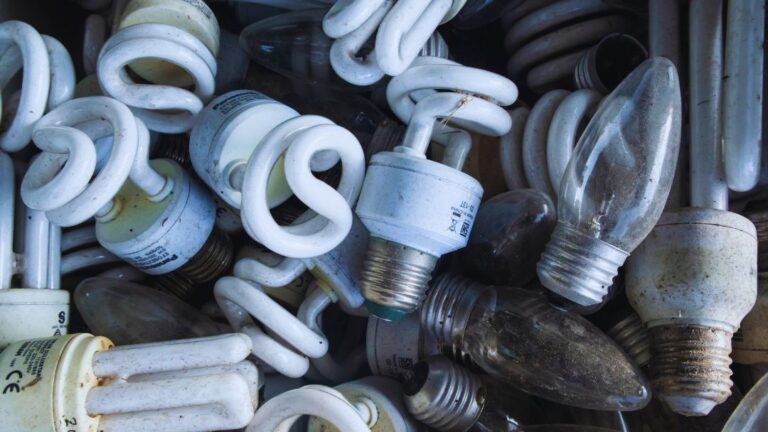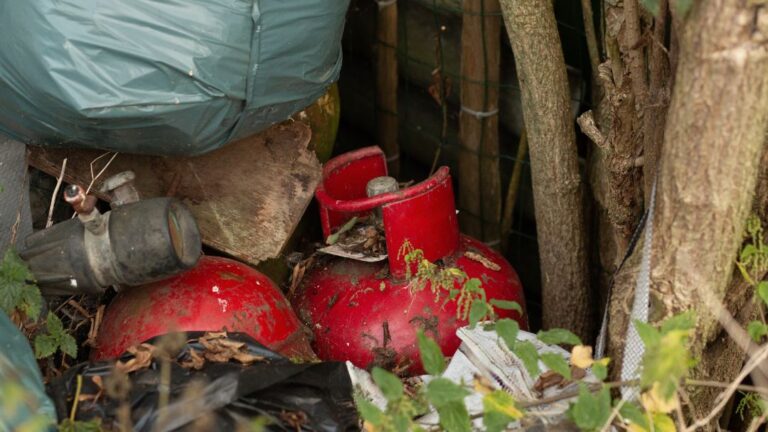What Are the Key Design Requirements for a Hazardous Waste Storage Building?
- Jonathan R.
- August 22, 2024
Table of Contents
Storing hazardous waste is critical for industries and businesses handling dangerous materials. It’s not just about having a place to store these substances; it’s about creating a space that’s safe, compliant with regulations, and designed to prevent accidents.
So, what exactly does a hazardous waste storage building need to ensure safety and compliance? Let’s explore the key requirements.
Understanding Regulatory Compliance
Regulatory compliance is the backbone of designing a hazardous waste storage building. Federal, state, and local regulations dictate how dangerous materials should be stored to prevent environmental contamination and health risks. The Environmental Protection Agency (EPA) provides guidelines through the Resource Conservation and Recovery Act (RCRA), which outlines hazardous waste management.
Following these regulations means using materials resistant to the substances stored, installing proper ventilation systems, and incorporating spill containment measures. Regular inspections and maintenance are essential to ensure the building remains compliant and safe.
In addition to EPA guidelines, the Occupational Safety and Health Administration (OSHA) standards must be met. OSHA focuses on protecting workers from hazardous material dangers, making their inclusion in the design crucial for preventing workplace injuries.
Choosing the Right Materials
Material selection is vital when it comes to building a hazardous waste storage facility. The materials used must withstand exposure to dangerous substances. For instance, corrosive waste requires materials that resist corrosion, preventing structural damage and potentially hazardous releases.
Concrete and steel are popular choices due to their durability and resistance. However, adding coatings or liners enhances protection by preventing direct contact between the waste and the building materials. This not only extends the life of the facility but also boosts safety.
Another important consideration is ease of maintenance. The design should include smooth surfaces and efficient drainage systems to manage spills quickly and effectively. This reduces the risk of contamination and simplifies cleanup processes.
Ensuring Proper Ventilation
Ventilation is crucial in maintaining safety in a hazardous waste storage building. Proper ventilation systems ensure harmful fumes and gases are safely expelled, protecting both the environment and the people working in the facility. The system should meet regulatory standards and handle the specific types of hazardous materials stored.
Air quality control systems, such as filters and scrubbers, are crucial components of the ventilation system. They help remove or neutralize hazardous airborne substances before they are released. Regular air quality monitoring is necessary to ensure the system operates efficiently.
Emergency ventilation systems are also essential. These systems activate automatically in case of accidental releases, providing extra protection against exposure to harmful substances.
Fire Protection Measures
Fire protection cannot be overlooked in a hazardous waste storage building. Flammable or reactive materials increase the fire risk, so robust fire safety measures are necessary. This includes using fire-resistant materials, installing automatic fire suppression systems, and installing fire alarms.
Emergency exits and escape routes must be marked and easily accessible. They should also be unobstructed to ensure quick and safe evacuation during an emergency. Regular fire drills and safety training prepare employees for such situations.
Equipping the building with fire extinguishers and other firefighting equipment is also crucial. These should be strategically placed and well-maintained so they are ready for use at all times. Effective fire protection measures minimize the risk of fire-related accidents and ensure a swift response if one occurs.
Implementing Spill Containment Systems
Spill containment is a fundamental aspect of hazardous waste storage building design. The facility must have systems to manage accidental releases of hazardous materials. This includes constructing spill containment areas with berms, dikes, or secondary containment systems.
Secondary containment systems provide an extra layer of protection by containing spills within a designated area. These systems are designed to hold a specific volume of liquid, typically 110% of the largest container stored in the area, ensuring complete spill containment.
Effective drainage systems direct spills to a safe collection area, preventing soil and groundwater contamination. Regular maintenance and inspection of these systems are crucial to ensure they function correctly and manage spills effectively.
Custom Solutions from Safety Storage Inc.
At Safety Storage Inc., we know the challenges of designing hazardous waste storage buildings inside and out. With over 35 years of experience, we offer customizable, prefabricated solutions that meet all regulatory and safety standards. Our expertise ensures your hazardous waste storage building is compliant and tailored to your needs.
Our range of products is designed for safe and efficient hazardous material storage. Our customizable chemical storage containers meet your requirements, ensuring you have the right solution. We guarantee that our products will exceed your expectations in quality and safety.
Conclusion
Designing a hazardous waste storage building requires careful attention to various factors, from regulatory compliance to material selection and fire protection. Addressing these elements in the design process is crucial for creating a safe and effective storage facility.
At Safety Storage Inc., we are dedicated to providing top-notch hazardous material storage solutions. With our expertise and customizable options, you can trust us to deliver a storage building that meets all your needs and exceeds regulatory standards. Contact us today to learn how we can help you design the perfect hazardous waste storage building.
Read More:
Hazardous Storage Containers

Jonathan Reed
Jonathan Reed specializes in writing in-depth, data-driven content on industrial waste management, regulatory compliance, and environmental sustainability. With expertise in hazardous waste disposal, OSHA guidelines, and waste reduction technologies, he provides actionable insights for businesses navigating complex waste management challenges.



